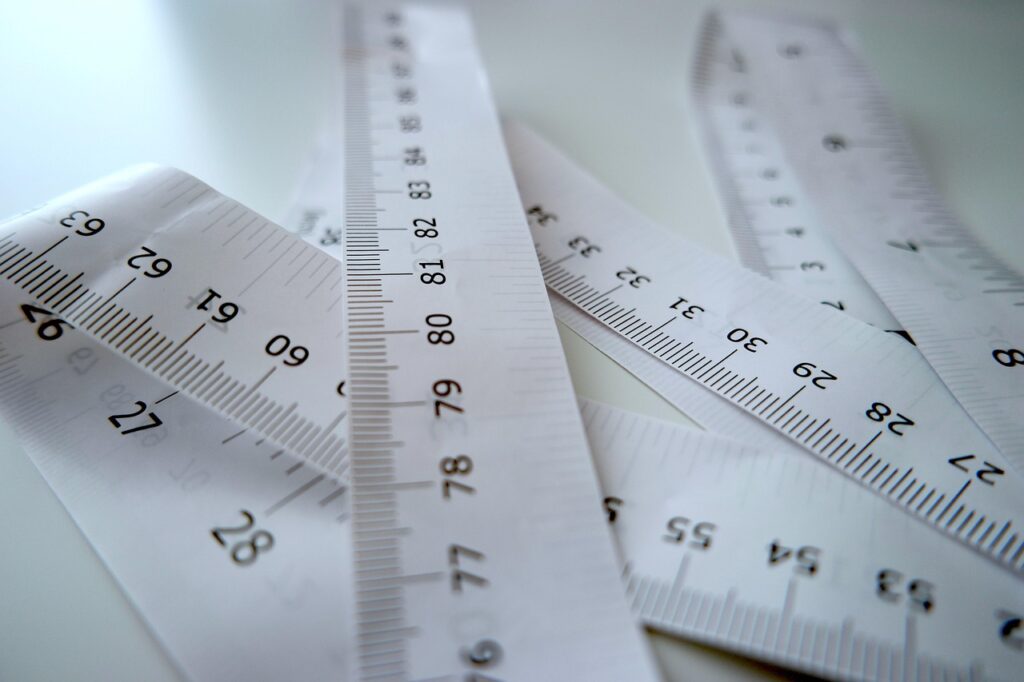Introduction
Measurement systems are an essential part of daily life, impacting everything from science and engineering to cooking and travel. The two primary measurement systems used worldwide are the metric system and the imperial system. While the metric system is widely adopted globally, the imperial system is still in use in countries like the United States, Myanmar, and Liberia.
This article will compare both systems, highlighting their history, usage, advantages, and disadvantages to determine which one is better suited for modern use.
A Brief History of Metric and Imperial Systems
The Metric System
The metric system was developed in France during the late 18th century as part of efforts to standardize measurements. It is based on powers of ten, making conversions straightforward. The International System of Units (SI) later refined it, becoming the globally accepted standard for scientific and everyday measurements.
The Imperial System
The imperial system has origins in medieval England and evolved over centuries. It consists of units like inches, feet, miles, pounds, and gallons, which are not based on a decimal structure. While the UK has mostly transitioned to the metric system, the United States continues to use imperial measurements in many aspects of daily life.
Key Differences Between Metric and Imperial
| Feature | Metric System (SI) | Imperial System |
|---|---|---|
| Base Unit | Decimal (powers of 10) | Arbitrary values |
| Length Units | Millimeters, Centimeters, Meters, Kilometers | Inches, Feet, Yards, Miles |
| Weight Units | Grams, Kilograms | Ounces, Pounds, Stones |
| Volume Units | Milliliters, Liters | Fluid Ounces, Pints, Gallons |
| Temperature | Celsius | Fahrenheit |
| Adoption | Used in most countries worldwide | Primarily used in the US, Myanmar, and Liberia |

Advantages and Disadvantages
Advantages of the Metric System
- Simplicity & Consistency – Based on powers of ten, making conversions easy.
- Universal Acceptance – Used in most countries, making international trade and communication simpler.
- Scientific Standard – The preferred system for scientific research and engineering.
- Ease of Learning – Logical and straightforward, reducing confusion in education.
Disadvantages of the Metric System
- Less Familiarity in Certain Countries – Some people in the US and other imperial-system nations find it difficult to adopt.
- Conversion Costs – Transitioning from imperial to metric requires changes in infrastructure, labeling, and education.
Advantages of the Imperial System
- Cultural Familiarity – Many Americans are accustomed to imperial units in daily life.
- Human Scale Measurement – Some argue imperial units feel more natural (e.g., a foot is roughly the length of a human foot).
- Industry-Specific Use – Used in aviation, certain engineering fields, and sports measurements (e.g., feet for altitude in aviation).
Disadvantages of the Imperial System
- Complex Conversions – No logical relationship between units (e.g., 12 inches = 1 foot, 3 feet = 1 yard, 1,760 yards = 1 mile).
- Limited International Use – Creates complications in global trade, travel, and science.
- Inconsistent Standards – Variations in measurement definitions exist (e.g., UK vs. US gallons).
Why the Metric System is More Practical for the Modern World
While both systems have their benefits, the metric system’s ease of use, global acceptance, and scientific standardization make it the superior choice for most applications. Here are key reasons why:
- Global Standardization – Nearly every country, except a few, uses the metric system, making international collaboration easier.
- Scientific and Engineering Precision – The SI system is universally accepted in scientific research, preventing errors due to unit conversion.
- Efficient and Logical – The decimal-based structure allows for quick calculations and consistent measurement scaling.
- Education and Learning – A globally consistent system reduces confusion in mathematics and science education.
Conclusion
While the imperial system remains in use in certain areas, the metric system’s logical structure and international adoption make it the better choice for modern life. Whether for education, trade, or scientific research, the metric system offers simplicity and accuracy that benefits global communication and progress.
As the world becomes more interconnected, the shift towards a universal measurement system like the metric system is inevitable. Countries still using the imperial system may eventually transition, making global interactions more seamless and efficient.
